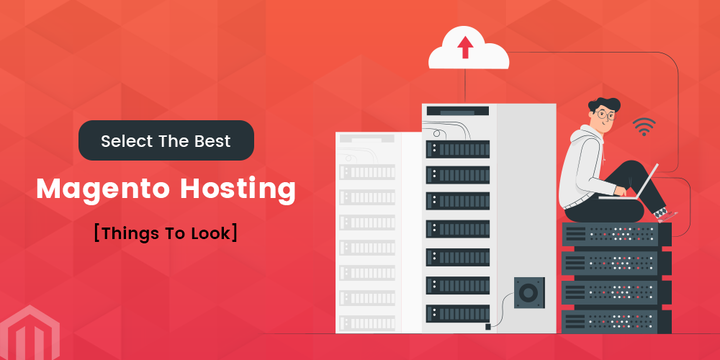When Cardano launched in 2017 it originated at a single point of time with the release of Byron 29, the value layer of the Cardano protocol and the basis of the ada cryptocurrency.
In contrast, the highly-anticipated transition to Shelley has been a gradual rollout, involving years of behind the scenes work, almost 80 peer-reviewed research papers 52, and multiple testnet iterations.
The mainnet version of Shelley will go live today following a hard fork of the Cardano blockchain. This transition represents a major shift into a state of Cardano that will be defined by decentralization and staking, ahead of our next milestone of smart contract capabilities.
This article is the first in a series of content—both written and visual—where we will be exploring multiple aspects of Shelley’s rollout. Here, we give a high-level overview of Shelley, explain its impact on the Cardano network, and discuss what it means for stakeholders in the Cardano ecosystem.
What does Shelley represent?
The Cardano protocol is destined to be much more than a ledger of value, and Shelley’s delivery is the next step in making Cardano the social and financial operating system of the future.
The most significant change to arise from the delivery of Shelley will be the decentralization of the Cardano blockchain. Following Shelley’s delivery, Cardano will be 50–100 times more decentralized 27 than other leading blockchain networks, with up to 1,000 staking pools taking an active role in consensus and governance—finally pushing voting power into the hands of the community.
Shelley will also herald the arrival of staking 107 rewards and stake pools on the mainnet. Holders of ada will be able to delegate their stake to a pool for the first time, earning passive rewards for taking part in the consensus of the Cardano blockchain—hence the term ‘proof of stake’ (PoS).
How will Cardano transition from Byron to Shelley?
The transition from Byron to Shelley will be carried out via IOHK’s hard fork combinator, a tool that allows the sequential combination 27 of Cardano’s two underlying protocols.
On the surface, and for the wider community, this is a smooth and hands-off process. However, in practice, transitioning to Shelley requires the movement from an older version of Cardano’s Ouroboros consensus protocol to a newer version—from Ouroboros BFT 7 to Ouroboros Praos 17.
This highly technical process, described 27 by IOHK lead technical architect Duncan Coutts as “Haskell programming as free climbing”, is one of the most significant events to take place on any blockchain to date.
During the entire process, the hard fork combinator and other discrete modules have been working behind the scenes to ensure the orderly transition from Byron to Shelley.
Therefore, while this transition is indeed a hard fork, many Cardano community stakeholders will be unaware of the magnitude of changes taking place for Cardano. However, there are going to be some actionable changes for stakeholders depending on their role and we explore these below.
What does Shelley mean for developers?
For the developer community, Shelley presents exciting new opportunities to take part in Cardano’s development. The main focus will be around staking, such as installing and running a node 110, registering your stake key 34, and other stake pool operations.
However, Shelley also sets the stage for a fully distributed and scalable Cardano network, which will open up new opportunities to build and deploy decentralized applications (DApps), and developers can prepare for the arrival of DApps by installing a node now.
Developers may also deploy Cardano node monitoring tools, such as Prometheus 25 and open source metric analytics and visualization suite, Grafana 18. These dashboards make it easier to explore stats on stake pool and network performance.
What does Shelley mean for stake pool operators?
Stake pool operators who took part in the incentivized testnet will now be required to operate their pools on the Shelley mainnet. This will require pool operators to re-register their pool following the hard fork. The Cardano Foundation and the Cardano Ambassador community will be on-hand to assist with this transition.
For other interested stake pool operators who have been waiting, the Shelley hard fork will allow you to run your pool and have ada holders delegate their stake to you. The latest news on staking and delegation can be found on the Cardano Forum 123. Read more about the design specification of delegation and incentives here 65.
What does Shelley mean for ada holders?
Shelley will be a largely hands-off process for many participants in our ecosystem, including ada holders.
If you use the Daedalus wallet, you will need to update your software version upon release. Likewise, the current version 146 of the Daedalus wallet that is compatible with the Shelley testnet, version 1.1.0-STN1, will be made redundant, and users will have to download a Shelley mainnet enabled wallet—handily color-coded in green to denote its live status.
If you are interested in delegating your stake, which we encourage all ada holders to do, then you should explore the Staking Rewards Calculator 1.1k on Cardano.org 126. Here, you will be able to estimate your yearly delegation rewards.
Explore Shelley’s documentation
If you are a developer, stake pool operator, or just have a general interest in the backend





